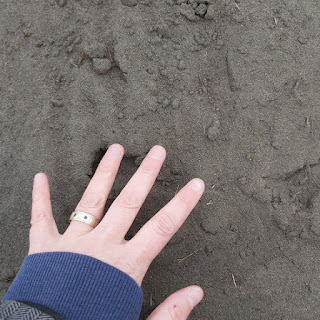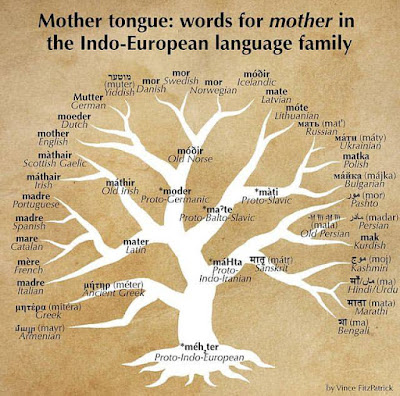Var, or Heathen Springtime
What is Var, and what does it have to do with Heathenry? Is there such a thing as the season of Spring in modern and historical Heathen practice? I want to explore these questions a bit further with you.
Some modern Heathens follow a sort of wheel of the year model for reckoning seasons and holidays, so this lends itself to a 4 season year. Other Heathens tend to follow a more historically based lunisolar model. The majority of scholars seem to think this year model had 2 seasons. However, there is some evidence of a possible third season, called Var, which coincides with the modern concept of Spring. Now, I personally see the Heathen year as divided into 2 seasons, Summer and Winter. However, I think there is value in exploring the idea of Var, its history, etymology, and modern practice.
The three part year is described in Andreas Zautner’s The Lunisolar Year of the Germanic Peoples as follows:
"From the bronze age and the early La Tene period we already have the first hints on a tripartite year cycle [. . .] They [had] words for winter, spring, and summer, fall [was] unknown to them [. . .] In the Latin original text, Tacitus uses the term VER as name for this season early in the year. Since the terms 'Lent' and 'spring' are younger in the history of linguistics, it can be assumed that this season was named var in Old Norse which is still used in Scandinavian languages today and etymologically related as well."
Interestingly the word “Var” is still used for Spring today in Norwegian, Icelandic, and Swedish.
However, I want to dive a bit more deeply into the etymology, because I think it will give us a better idea of the meaning behind this season. The word “Var” comes from the Proto-Indo-European root “wosr.” This same root trickled into Latin based languages as “Ver.” However the meaning was slightly different in the Germanic language family to the Romantic language family.
In Romantic languages we get words like the French “vert” and the Spanish “verde,” meaning green. If we follow along from this root we also get the word “vernal” as in the vernal/Spring equinox.
Unlike the Romantic languages, the Germanic language family did not have the same meaning surrounding green to describe spring. Instead, “var” means “to clothe.” This may seem strange at first, but I think it actually makes a lot of sense. These countries are farther north and Spring might not be very green. Instead the snow is melting and the ground is muddy. As for why the word “var” means “to clothe,” as we follow along in the etymology we realize it is actually talking about covering something with soil.
This completely checks out, because if we look at Nordic rites for this time of year they often have elements of planting or charming of the plough type rituals. As such, Var is planting season.
Much like the Nordic peoples, in my region I certainly feel like I can connect more with Var as a planting season, rather than a season of much greenery.
Now it appears from historical sources that although the three part year was practiced as far back as the Bronze age, the areas where it was recognized were isolated. It was not a general practice of all Nordic peoples historically. If you choose to include Var in your own practice that is entirely up to your own discretion. I still like to follow the 2 season year, however, I do see the start of Summer (Sigrblot) as the time of planting, so perhaps Var is for me a sub-season within the 2 season model.
The purpose of this post is to explain the concept of Var and Heathen Springtime as I plan to move into talking about Sigrblot and other festivals and rites associated with this time of year in my next few posts. I think the concept of planting is integral in understanding Sigrblot and how the Sigrblot rites changed and morphed into modern Nordic traditions after the arrival of Christianity in these regions.
Further Reading
The Lunisolar Calendar of the Germanic Peoples: Reconstruction of a bound moon calendar from the ancient, medieval and early modern sources by Andreas E. Zautner
Image Source
Images are my own.




